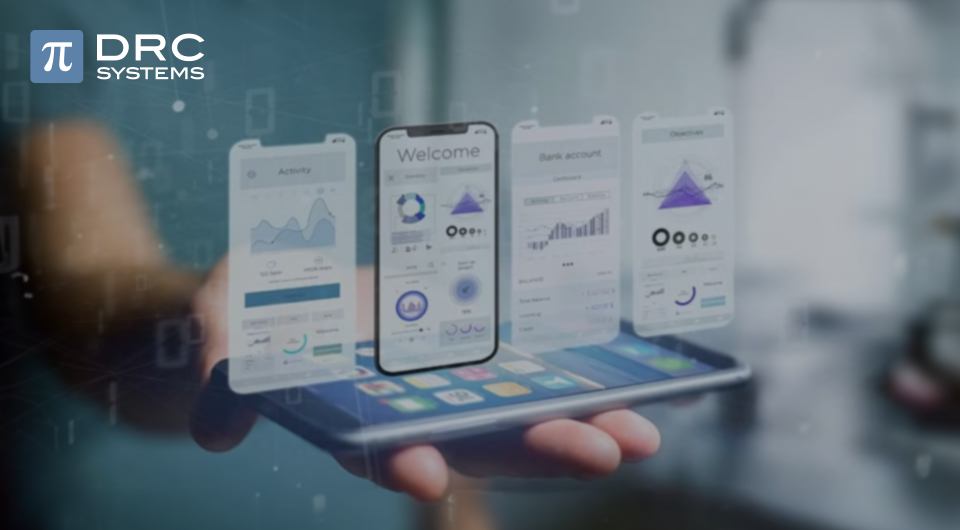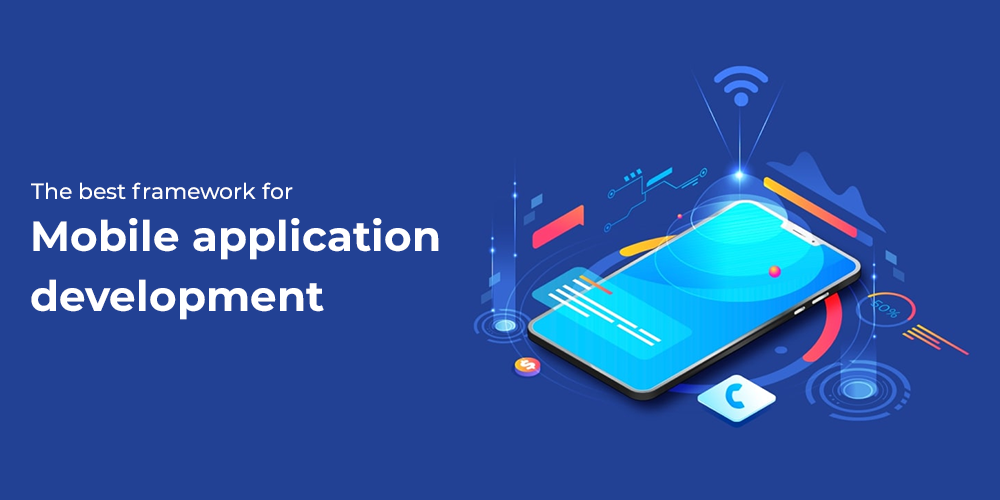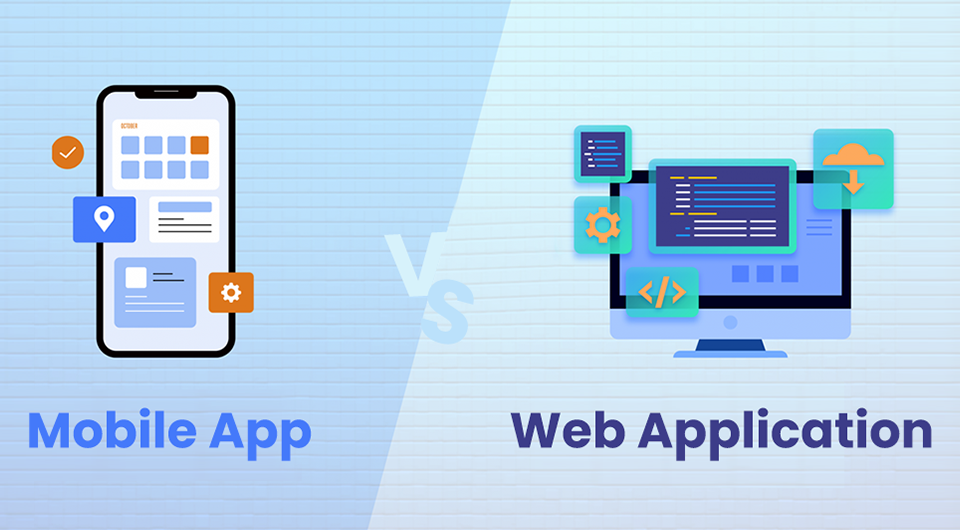Related Articles
Top Mobile Commerce Trends That Will Dominate 2024
Mobile commerce trends you should explore before building a mobile application for your business.
Read The PostThe best framework for mobile application development
Struggling to choose the right framework for mobile app development? Here are the top 10 frameworks to consider.
Read The PostMobile App or Web Application: Which is Right for Your Business
Before investing in building an application, it’s crucial to determine which option is right for your business. Our blog will help you choose between a mobile app and a web app based on your business requirements.
Read The Post


